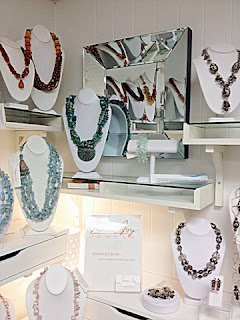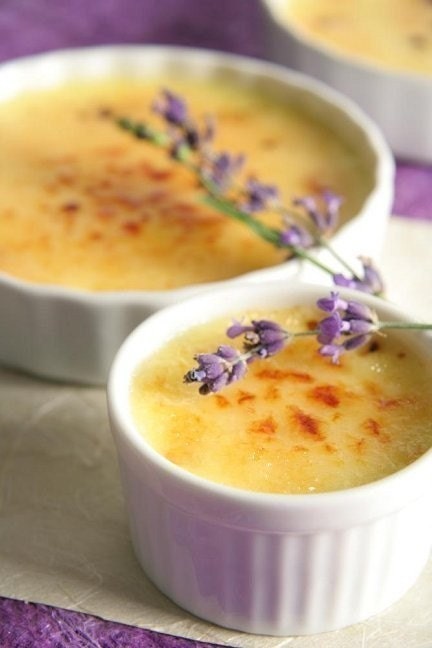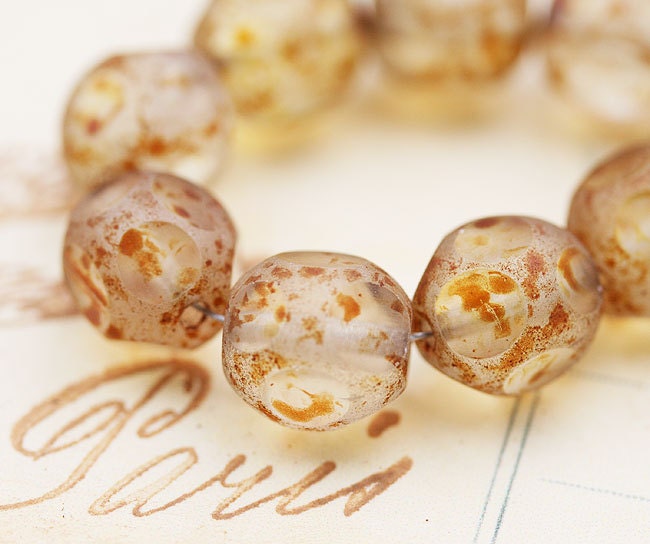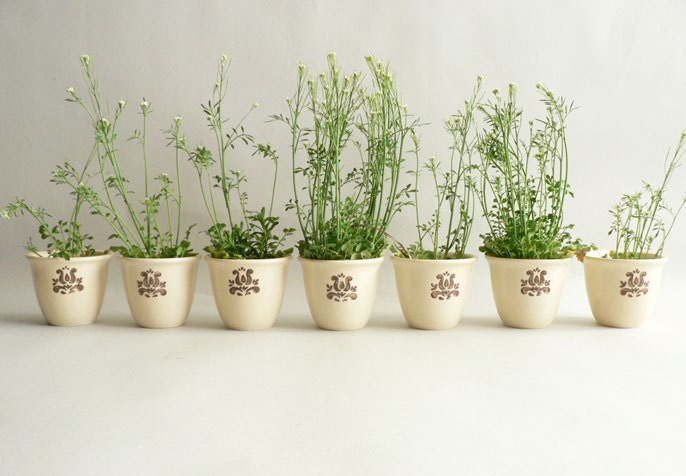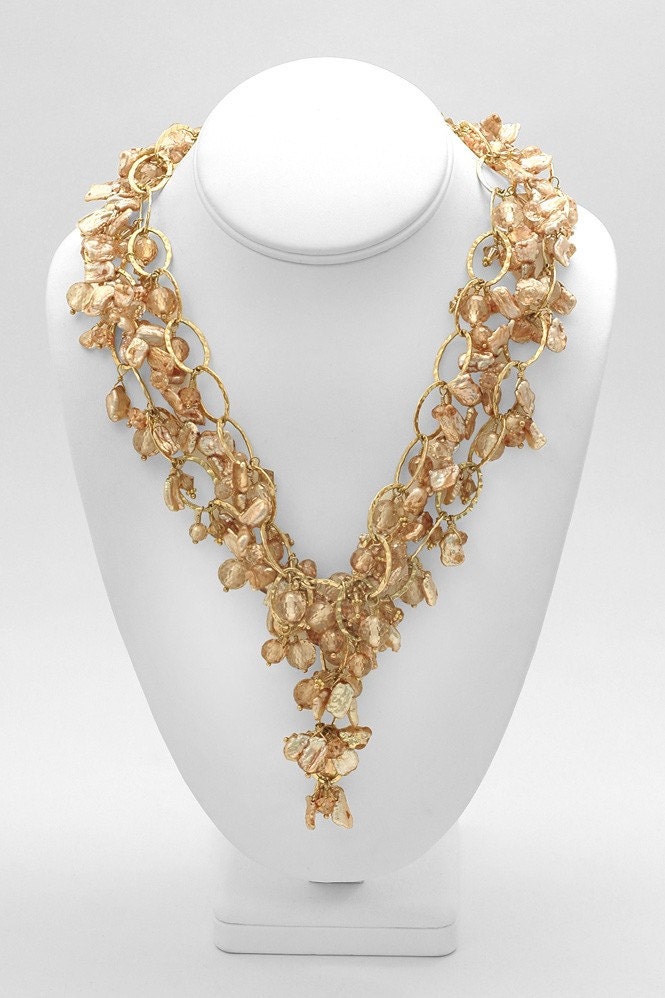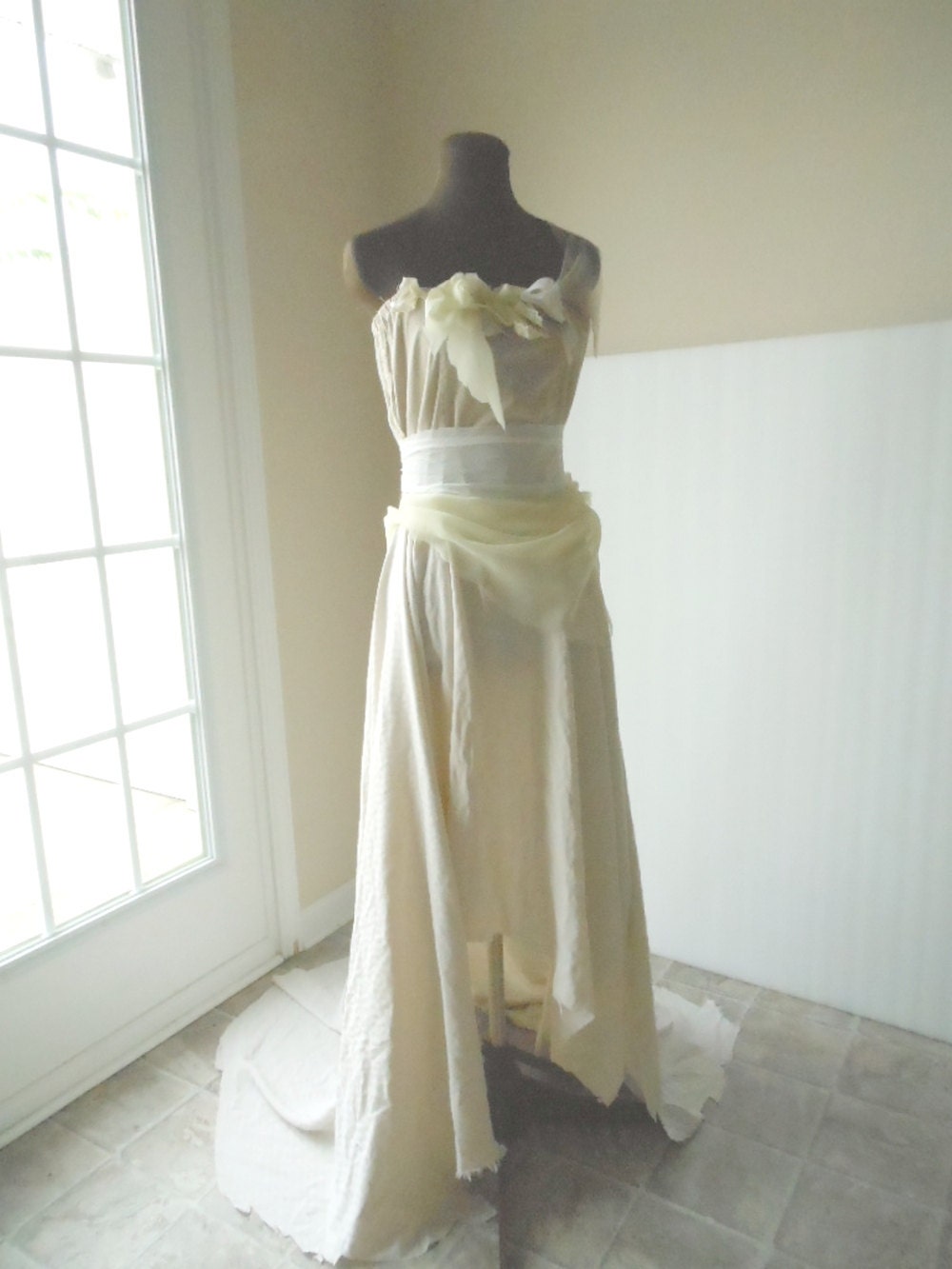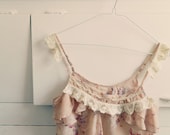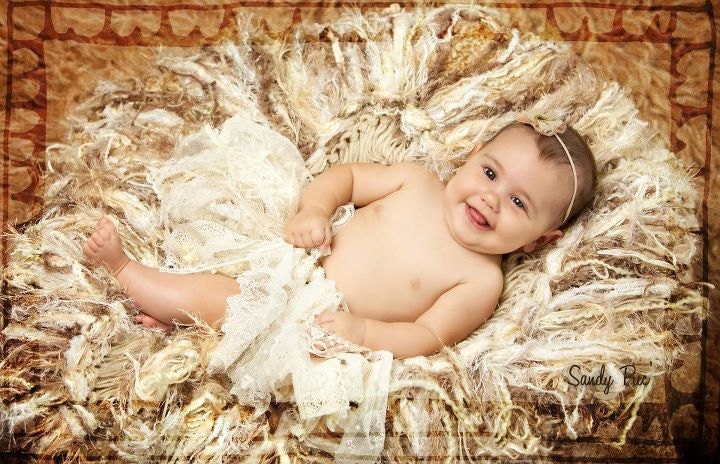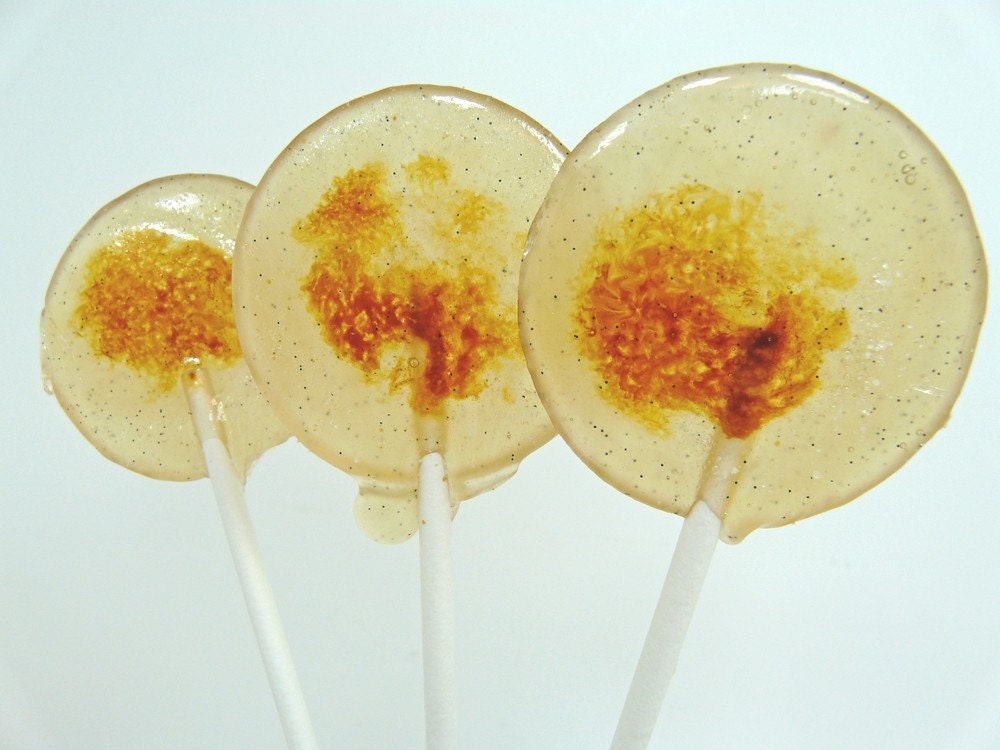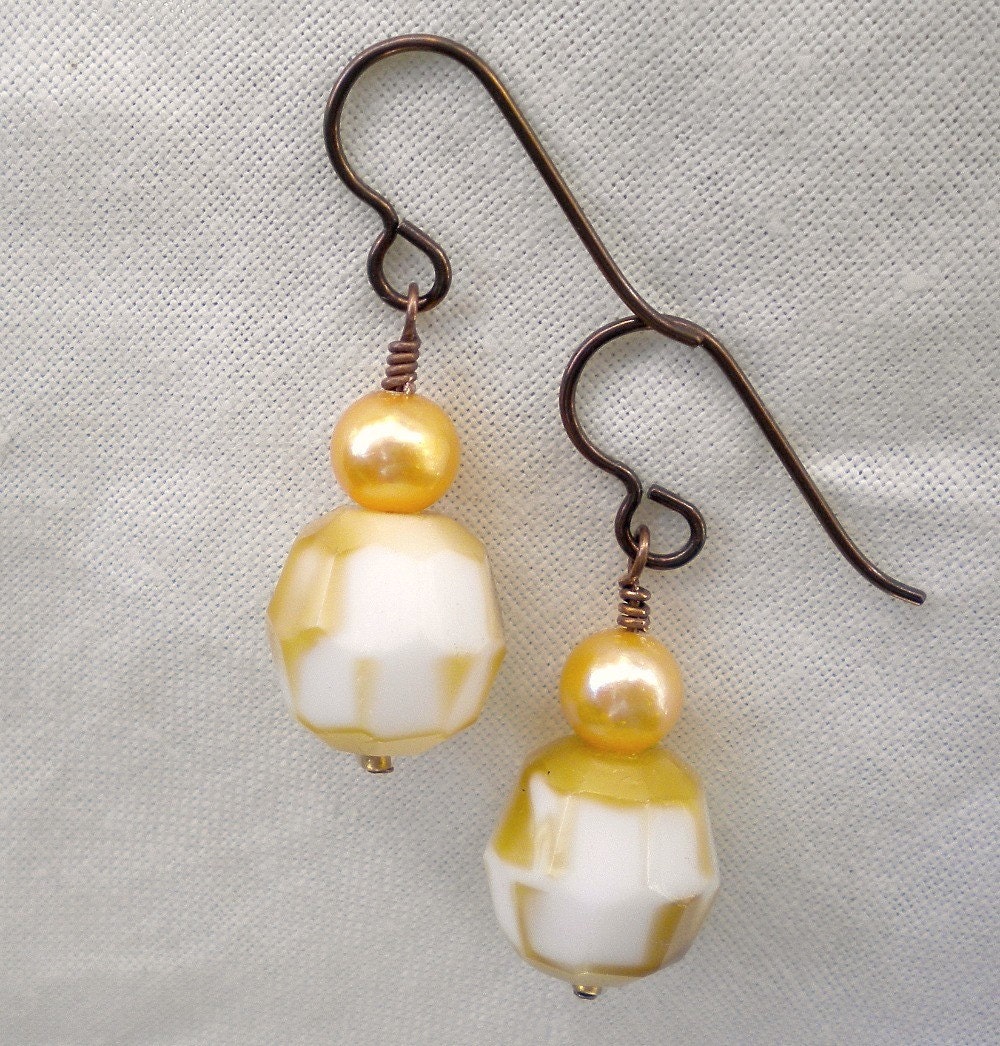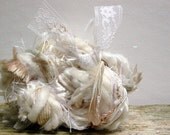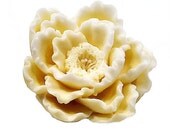Donna Natsoulas recently took the reins of the store at the Crocker Art Museum as its manager and buyer.
A graduate of the California College of the Arts in Oakland, Natsoulas has spent time in museum stores worldwide. Her husband, Tony, has works in the Crocker's permanent collection and in institutions as far afield as the Museum of Contemporary Ceramic Art in Shigaraki, Japan.
Expect the Sacramento region and Northern California to be well-represented at the Crocker store.
"I wanted to get the feel of Northern California in this particular store," Natsoulas said. "I live with art every single day of my life. It's a part of me. It goes through my blood. … I always try to educate people about art and artists and the process, and I think that's a big help. Usually, in retail, people don't have that art background."
The Crocker store is now selling the fused glass of Sacramento's Wayne Fong, glass vessels blown by Rick and Janet Nicholson of Auburn, and the delicious ceramic pastries of Sacramento's Jeff Nebeker, among others.
The selection will change, because Natsoulas is always scouting for fresh finds.
The Crocker store brought in 2.3 percent of the museum's overall operating budget last year. Its sales help fund educational programs.
Key to gallery's future
Gallery 2110, which my predecessor,
Bob Shallit, aptly described as one of midtown Sacramento's coolest art spaces, now is being run by
Michael Key.
Key, owner of the Red Dot Gallery, took over the master lease for the Gallery 2110 building this month after Clare Bailey left the enterprise for family reasons.
"We're taking it from where she left it and moving forward – with gusto," said Key, who got involved after hearing from several artists with studios in the building.
The "gallery" at 2110 K St. is actually an arts complex that holds two galleries, a sculpture garden and patio, as well as 26 artist studios.
It lies about two blocks from Key's Red Dot Gallery at 2231 J St. Although tinier than Gallery 2110, Red Dot houses a gallery, a salon and a business consultant.
Key liked the idea that Gallery 2110 had a similar model.
"Rentals from the studios pay a big chunk of the expenses, including a lot of the rent," he said. "We're in a position that if we had a bad month or two or three as far as art sales, we're not going to go out of business because we still have the rentals. … A lot of galleries, they get a couple of bad months, they're behind on their rent."
At the nexus of changes
Jewelry designer
Cherys Jenkins, one of the artists who leases a studio from Michael Key, recently sold almost 20 pieces to the Crocker museum's store.
That puts her in a good spot to assess changes at both entities. She said that Key has embraced the challenge of attracting traffic and has already shared event plans with artists.
As for the Crocker, Jenkins said she tried to get into the store years ago but was told her jewelry looked too much like those by another designer, so she's glad to see a willingness to shake up the mix.
"My pieces use sterling silver or 14-karat gold-filled, fresh keshi pearls, stones," she said. "I do some … (cubic zirconia), and of course, all my crystals are Swarovski crystals. We do silk. We do leather. We do feathers, depending upon the season."
Jenkins' necklaces, which sell for $300 to $3,500, also can be found at the Long Beach Museum of Art and the Dream Weaver boutique on Martha's Vineyard in Massachusetts.
Jenkins built a Bay Area business as an image consultant serving affluent clients for more than 20 years.
Then she began designing jewelry and loved it so much that she launched Jimmie Joy Jewelsand limited her wardrobe consulting to longtime clients.






















